10 Causes of Swollen Feet
Swollen feet can be a common occurrence, especially after a long day of standing or walking. However, it can also be a sign of a more serious medical condition. In this article, we will explore 10 common causes of swollen feet and when to seek professional help.
Prolonged Standing or Sitting
Standing or sitting for long periods can cause blood to pool in the legs, leading to swelling in the feet and ankles. Elevating the legs and moving around periodically can help alleviate this issue[[1]].

Advertisement
Pregnancy
Swelling in the feet and ankles is common during pregnancy due to increased blood volume and pressure on the veins in the pelvis and legs[[2]]. Wearing compression stockings, elevating the feet, and staying active can help reduce swelling.
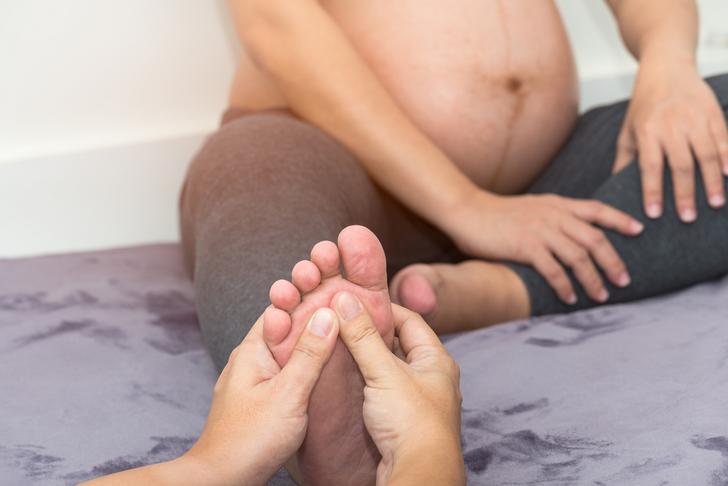
Advertisement
Venous Insufficiency
Venous insufficiency occurs when the veins in the legs struggle to return blood to the heart, causing blood to pool and swelling to occur[[3]]. Treatment may include compression stockings, leg elevation, and exercise.

Advertisement
Lymphedema
Lymphedema is a condition where excess lymphatic fluid accumulates in the tissues, causing swelling. It can be caused by damage to the lymphatic system from surgery, radiation, or infection[[4]]. Treatment may include compression garments, manual lymphatic drainage, and exercise.
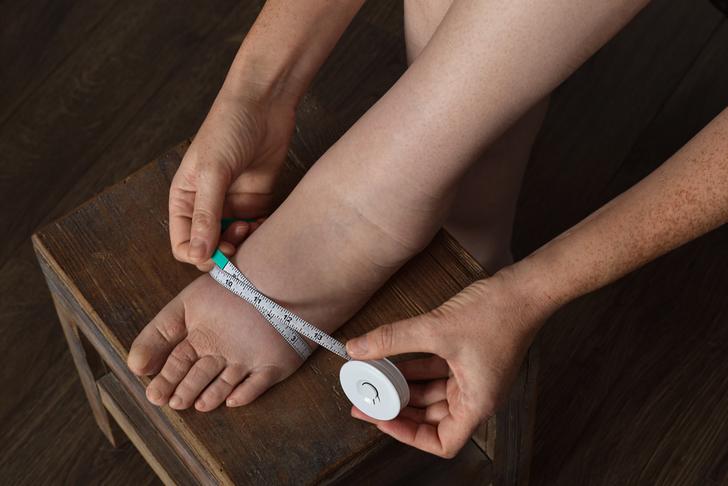
Advertisement
Blood Clot
A blood clot in the leg, also known as deep vein thrombosis (DVT), can cause swelling, pain, and warmth in the affected area[[5]]. This is a serious condition that requires immediate medical attention, as the clot can break off and travel to the lungs, causing a life-threatening pulmonary embolism.
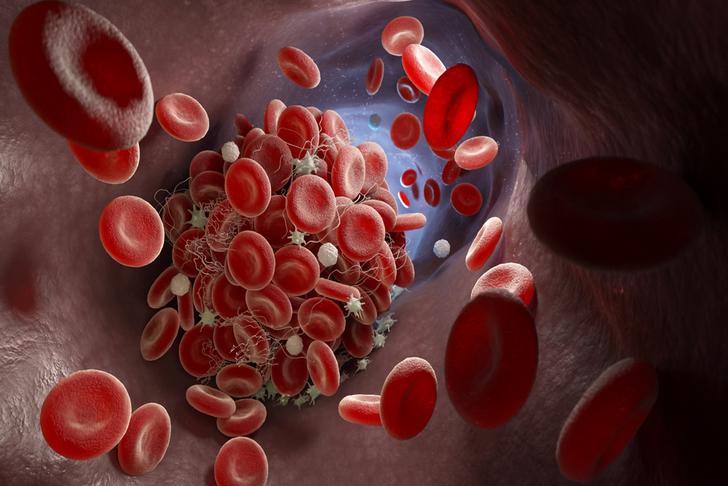
Advertisement
Cellulitis
Cellulitis is a bacterial infection of the skin and underlying tissues that can cause swelling, redness, and pain[[6]]. Treatment typically involves antibiotics and may require hospitalization if severe.

Advertisement
Congestive Heart Failure
Congestive heart failure occurs when the heart is unable to pump blood effectively, causing fluid to build up in the lungs and other parts of the body, including the feet and ankles[[7]]. Treatment may include medications, lifestyle changes, and in severe cases, surgery.
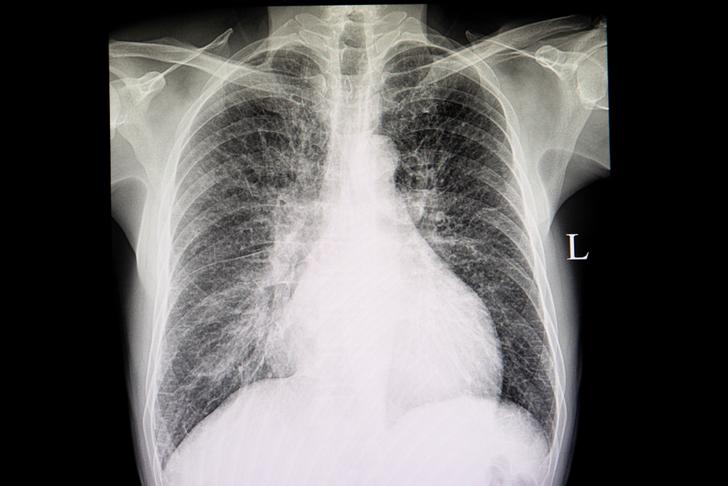
Advertisement
Kidney Disease
Kidney disease can cause fluid retention and swelling in the feet and ankles due to the kidneys’ inability to properly filter waste and excess fluid from the blood[[8]]. Treatment may include medications, dietary changes, and dialysis.
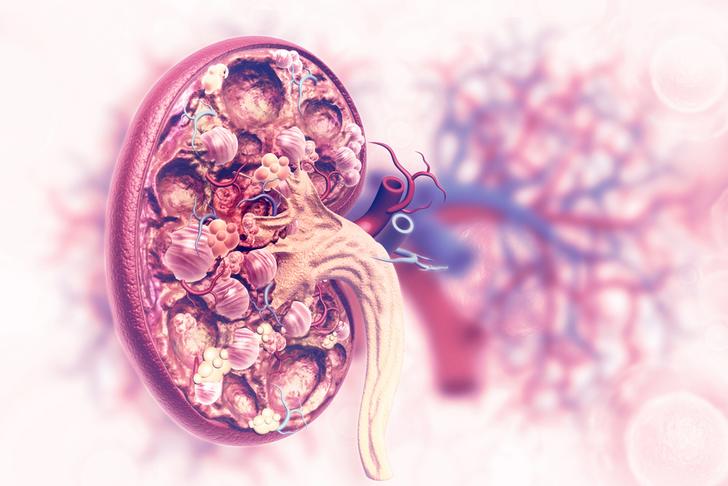
Advertisement
Liver Disease
Liver disease can lead to fluid retention and swelling in the feet and ankles as a result of decreased protein production and increased pressure in the blood vessels[[9]]. Treatment may include medications, dietary changes, and in severe cases, liver transplantation.

Advertisement
Medications
Certain medications, such as calcium channel blockers, nonsteroidal anti-inflammatory drugs (NSAIDs), and some diabetes medications, can cause swelling in the feet and ankles as a side effect[[10]]. If you suspect your medication is causing swelling, consult your healthcare provider.
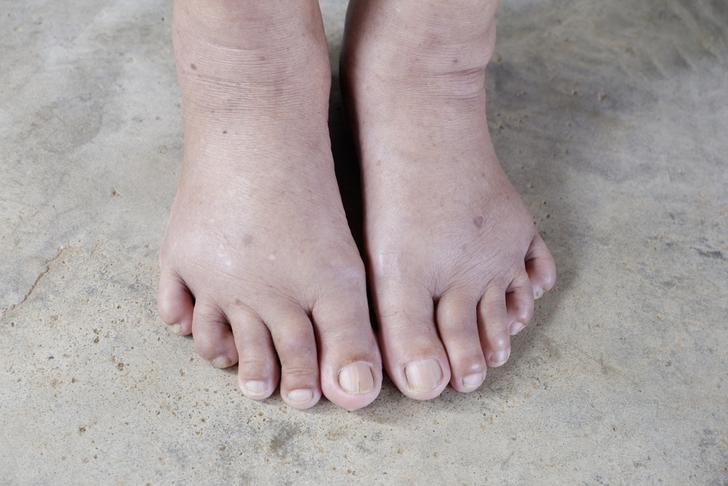
Advertisement
Symptoms
Swollen feet, medically known as peripheral edema, refers to the accumulation of fluid in the tissues of the feet and ankles. It can be caused by various factors, and the symptoms can vary.
Visible swelling: They wouldn’t be called swollen feet without some swelling. The affected feet and ankles may appear swollen or puffy.
Tightness or heaviness: You may experience a sensation of tightness or heaviness in the swollen areas.
Restricted movement: Swelling can cause stiffness and limited range of motion in the feet and ankles.
Discomfort or pain: Swollen feet may be accompanied by discomfort or pain, especially when standing or walking for extended periods.
Skin changes: The skin over the swollen areas might appear stretched, shiny, or warm to the touch.
Reduced footwear fit: Shoes or socks may feel tighter and uncomfortable due to the swelling.
Advertisement
Treatments
Below are some treatments to ease those aching dogs:
Elevating the feet: Keeping the feet elevated above heart level can help reduce swelling by allowing fluid to drain from the affected area.
Compression therapy: Wearing compression socks or stockings can promote circulation and prevent fluid buildup in the feet and ankles.
Physical activity: Engaging in regular exercise, such as walking or gentle leg movements, can promote blood flow and prevent swelling.
Reducing salt intake: Consuming a low-sodium diet can help minimize fluid retention and swelling.
Avoiding prolonged sitting or standing: Changing positions frequently and avoiding long periods of sitting or standing can help prevent fluid buildup.
Medications: In some cases, your healthcare provider may prescribe diuretics to help reduce excess fluid retention.
Treating underlying causes: Addressing any underlying conditions contributing to the swelling, such as heart or kidney problems, can be an essential part of treatment.
Advertisement
Conclusion
In conclusion, swollen feet can be caused by various factors, ranging from everyday activities to underlying medical conditions. If you notice persistent or worsening swelling, it’s essential to consult with your healthcare provider for a proper evaluation and personalized treatment.
Remember, your healthcare provider is your trusted guide on this journey to happy, unswollen feet. They’ll dig deep to uncover the underlying cause and provide you with tailored recommendations to address the issue.
When it comes to treatments, there are several approaches to consider. Elevating those feet above heart level can help reduce swelling, and compression therapy with special socks or stockings can work wonders in promoting circulation and preventing fluid buildup. Staying active with regular exercise and monitoring your salt intake can also contribute to managing the swelling.
If needed, your healthcare provider might prescribe medications or diuretics to help you bid farewell to that excess fluid. And let’s remember the importance of addressing any underlying conditions contributing to the swelling.
So, if your feet feel more like water balloons than trusty companions, don’t hesitate to contact your healthcare provider. They’ll help you kick those swollen feet blues to the curb and get you back on your feet, feeling light and lively. Take care of those tootsies, my friend, and keep striding forward confidently.
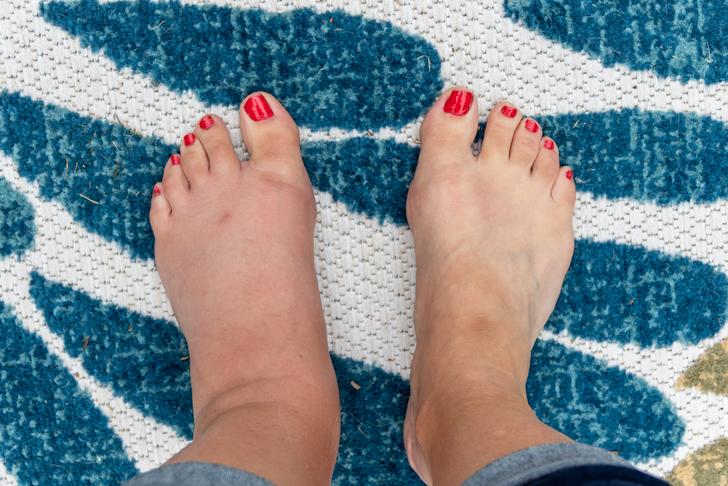
Advertisement





